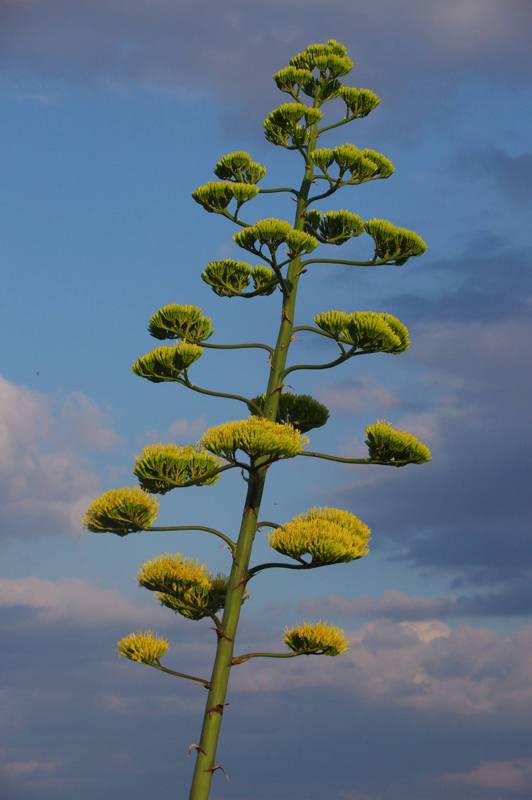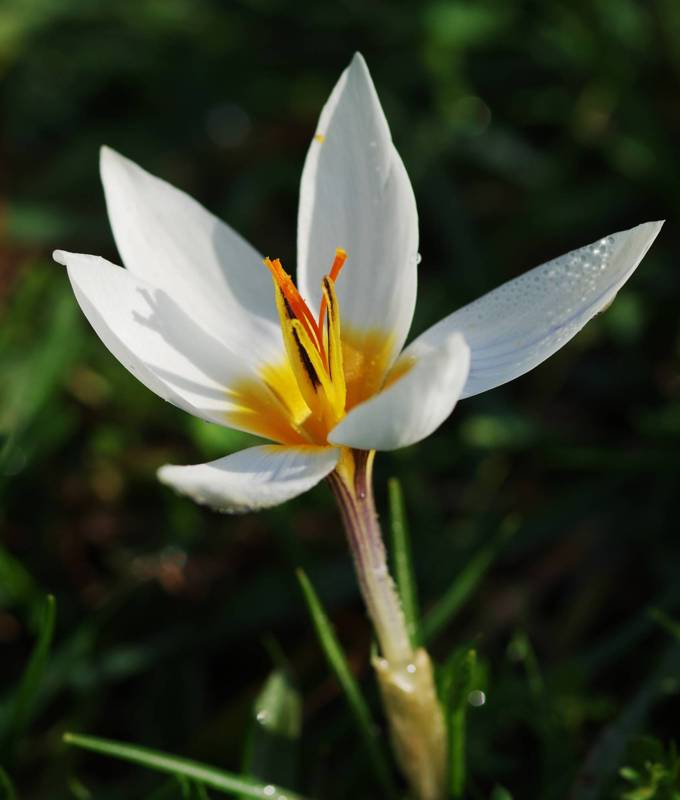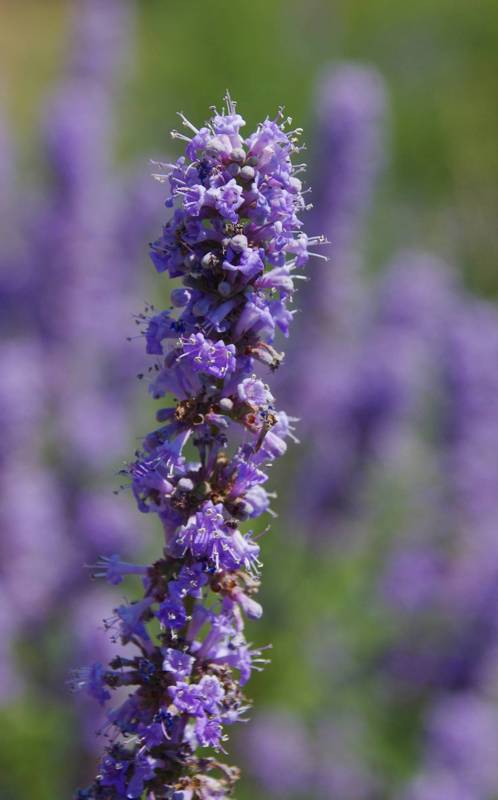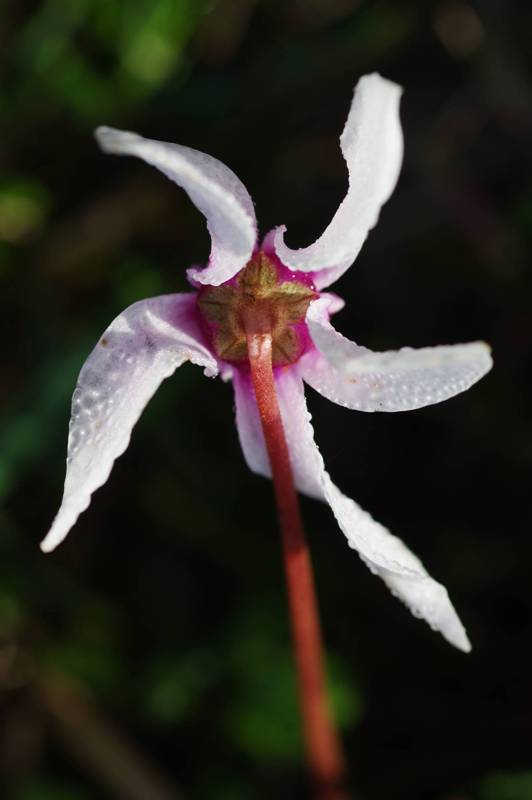Flora of Epidavros area
Flora of Epidavros area
Identify plants species

The Century plant (Agave americana) is common around Epidavros area
Despite the low elevation range and the low variety of habitats, Epidavros area hosts an interesting flora. The extensive phrygana and shrubland hide an impressive variety of orchids. In the countless rocky slopes we will find many bulbous plants, while in the gorges and cliffs there are many interesting lowland chasmophytes.

The greek endemic Crocus biflorus subsp. melantherus
Around the archaeological site of Asklepieion and especially along the Lignopotamos, the main stream of the basin of the ancient sanctuary, long clusters of shrubby Chaste trees (Vitex agnus-castus) are spread out. Their abundance testifies to the presence of an active aquifer, which is adequately fed during the wet season and maintains a relatively high level throughout the year.

Chaste trees (Vitex agnus-castus) in blossom
Walking around the Asklepieion area, it is interesting to spot some of the well-known medicinal plants well known and used by ancient Greeks, such as the greek Hellebore (Helleborus cyclophyllus) and the Mandragora (Mandragora officinarum).

Greek cyclamen (Cyclamen graecum)
Autumn is particularly mild in Epidavros area, and the thousands of flowers that sprout in the meadows and rocks remind of a second Spring. Among them, especially numerous are the greek cyclamen (Cyclamen graecum), the autumnal crocuses (such as Crocus laevigatus) and the autumnal colchicums Colchicum cupanii and Colchicum bivonae.
Photos and descriptions of

